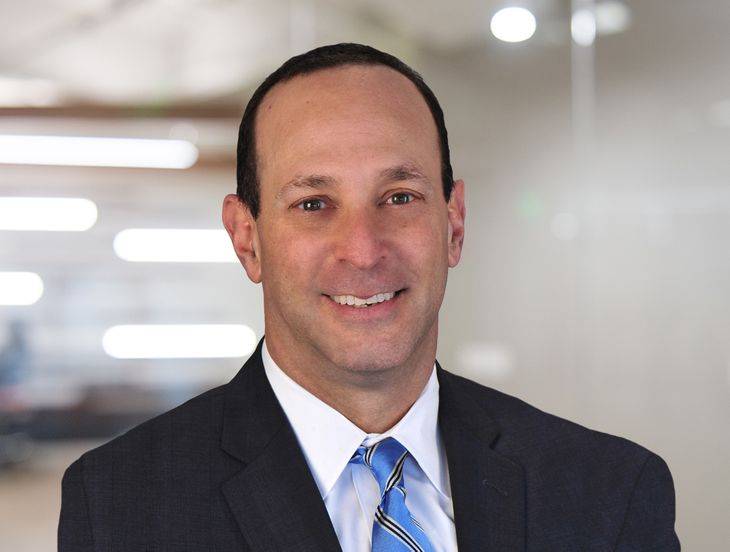An Employers’ 3-Step Plan to Comply With San Francisco’s New Permanent Public Health Emergency Leave Ordinance
Insights
10.27.22
When San Francisco’s new Public Health Emergency Leave Ordinance (PHELO) went into effect on October 1, employers were required to begin offering paid leave to employees working in San Francisco during “public health emergencies.” However, employers still have questions about this new requirement, which came into effect thanks to voters approving Proposition G in the June 2022 election. This Insight explores the ins and outs of the new law and provides a three-step plan for employers to adopt in order to come into compliance.
Who is Covered by PHELO?
The first and most obvious question is whether your business is covered by the Public Health Emergency Leave Ordinance (PHELO). Employers with 100 or more employees worldwide are covered, so long as they have at least one employee working in San Francisco. “Federal enclaves” like the Presidio and Fort Mason are not included.
Employees are eligible if they are employed by a covered employer and perform work in San Francisco. Covered employees include full-time, part-time, and temporary employees. Independent contractors are not covered. There are also limited exceptions to PHELO for non-profit organizations and health care providers.
What is a “Public Health Emergency”?
PHELO only applies in a “Public Health Emergency.” This is when there is a local or statewide medical emergency from a contagious, infectious, or communicable disease (e.g., COVID-19) or an Air Quality Emergency. A Public Health Emergency also includes an “Air Quality Emergency.” This is when the Bay Area Air Quality Management District issues a Spare the Air Alert because of unhealthy levels of fine particle pollution (e.g., smoke).
During a Public Health Emergency, an employee can use PHELO if the employee cannot work (in person or remotely) because of the following:
- A federal, state, or local health order related to a Public Health Emergency requires or recommends that the employee not work.
- A healthcare provider advises the employee to isolate or quarantine due to a Public Health Emergency.
- An employee experiences symptoms of, seeks a diagnosis of, or receives a positive diagnosis for a disease associated with a Public Health Emergency.
- An employee is caring for a family member who is subject to a health order, is required to isolate or quarantine, or receives a positive diagnosis related to a Public Health Emergency.
- The employee is caring for a defined family member whose school, place of care, or care provider is unavailable due to a Public Health Emergency.
- An employee is a member of a vulnerable population and primarily works outdoors during an Air Quality Emergency.
Employers can only request medical documentation if the employee uses PHELO because the employee is part of a vulnerable population during an Air Quality Emergency.
How Much Leave is Provided?
This year, eligible employees are entitled to up to 40 hours of paid leave. However, beginning January 1, 2023, employees may receive up to 80 hours of paid leave per calendar year. The calculation of the number of hours of leave depends on the nature of the employee’s work schedule.
Employees with full-time, regular, or fixed schedules:
- In 2022, the leave is calculated based on the number of hours the employee regularly works (including a period of paid leave) during a one-week period.
- After December 31, 2022, it is based on the number of hours the employee regularly works (including a period of paid leave) over a two-week period.
Employees with part-time or variable weekly schedules:
- In 2022, the leave is calculated by taking a one-week average of the number of hours the employee worked (including a period of paid leave) during the prior calendar year.
- After December 31, 2022, the leave is calculated based on the average number of hours the employee worked (including a period of paid leave) over a two-week period during the prior calendar year.
What about California Supplemental Paid Sick Leave?
Governor Newsom recently extended Supplemental Paid Sick Leave (SPSL) through December 31, 2022. As a result, employers can offset the Supplemental Paid Sick Leave that employees take after October 1, 2022. However, if the employee took SPSL before October 1, 2022, the employer cannot offset the leave.
Employers’ 3-Step Plan
- Post the city notice. The OLSE has prepared a notice regarding PHELO and employers must conspicuously post the notice in all languages the OLSE makes available.
- Retain employee records of hours worked. The ordinance allows the OLSE access to employee records for the past four years.
- Employers should ensure that there are procedures to calculate PHELO in the event of a Public Health Emergency, to record employee hours, and to post the OLSE notice.
Conclusion
The PHELO is yet another example of a locality that has legislated more leave obligations for employers. It is important that employers understand the interplay between these local obligations and the ever-increasing leave obligations on the state and even federal levels.
Employers should also make sure they are subscribed to Fisher Phillips’ Insight System to get the most up-to-date information. We will continue to monitor the rapidly developing legislation and will provide updates as appropriate. If you have any further questions on how to comply, contact your Fisher Phillips attorney, the authors of this Insight, or any attorneys in any of our California offices.
This Insight was co-authored with Law Clerk Sinclaire Parer.
The authors wish to thank Summer Clerk Rachel Song for her contributions to this Insight.
